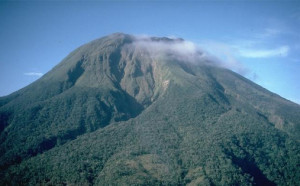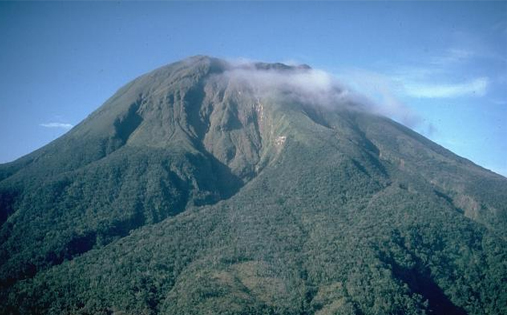LEGAZPI CITY, PHILIPPINES – The Philippine Institute of Volcanology and Seismology (Phivolcs) fears a possible magmatic eruption of Mount Bulusan following the phreatic or ash explosion on Friday.
A phreatic eruption, also called a phreatic explosion or ultravulcanian eruption, occurs when magma heats ground or surface water.
The extreme temperature of the magma causes causes explosion of steam, water, ash and rock but the inclusion of lava is unusual.

Phivolcs volcanologists said they are now studying the possibility of raising the alert level on Mount Bulusan following the ash explosion last Friday.
The ash explosion lasted for five minutes and reached 200-meter high, although Phivolcs said the said explosion did not have major effects on people and livestock.
Bulusan is generally known for its sudden steam-driven or phreatic explosions. It has erupted 15 times since 1885 and is considered as the 4th most active volcano in the Philippines after Mayon, Taal, and Kanlaon.
Resident volcanologist Ed Laguerta said Phivolcs will conduct several tests and assessments to monitor the abnormalities on Mount Bulusan.
Laguerta said volcanologists fear that phreatic explosion on Mount Bulusan could trigger a magmatic eruption, which will affect the lives of those living within the danger zone.
Mount Bulusan is situated in the province of Sorsogon in the Bicol region, 70 km southeast of Mayon Volcano and approximately 250 km southeast of the Philippine capital of Manila. – BusinessNewsAsia.com
